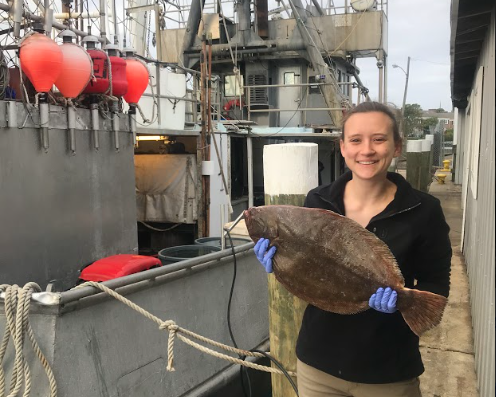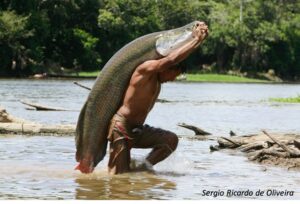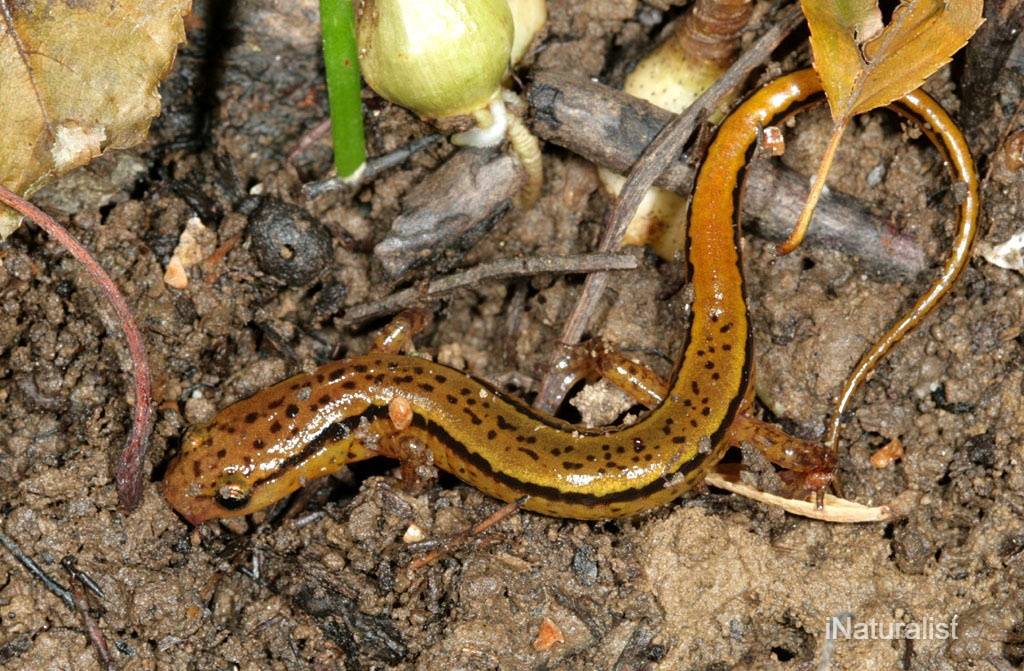Research
Partners and sponsors
Current Projects
-

Mating system dynamics and fisheries
Studies of ecological dynamics - including fisheries models - usually assume reproduction is a single parameter, regardless of variability among females and their mates. We study how social interactions and variation in mate quality affect reproduction in many species, including wrasses, lobsters, swordtails, and darters. We use models to understand the consequences of this variability for population dynamics.
-

Summer Flounder Fisheries Management
We are working with partners in the commercial summer flounder fishery and the Mid-Atlantic Fisheries Management Council to collect data about summer flounder reproductive investment and fishery dynamics with the goal of informing the stock assessment.
-

Socio-ecological drivers of fisheries sustainability
In collaboration with Leandro Castello at VT and other researchers, we have a project developing integrated models of the dynamics of arapaima and the fishing communities that depend on them as a resource.
-

Database curation
To aid in species’ assessments, we have developed a database of life history trait information, Sharkipedia. We are expanding this database to include data on population trends over time for elasmobranchs. This project is a collaborative effort between our lab, the Global Shark Trends Project, and the IUCN Shark Specialist Group, and is supported by the Shark Conservation Fund and NSF.
Click the globe to visit Sharkipedia. -

Assessments of understudied species
Life histories and population dynamics are constrained by the fundamental principles of physiology, behavior, and species interactions. The lab has ongoing projects aimed at producing assessments of the extinction risk of aquatic species that are threatened by overfishing, habitat degradation, and climate change.
-

Salamander occupancy and growth
We study populations of salamanders in the lab and the field. In Virginia, most salamanders are members of the family Plethodontidae. They are lungless and breathe through their skin. Changes to temperature and precipitation can change their distribution, growth and demography. We have several projects on these salamanders with our collaborator Kevin Hamed.





